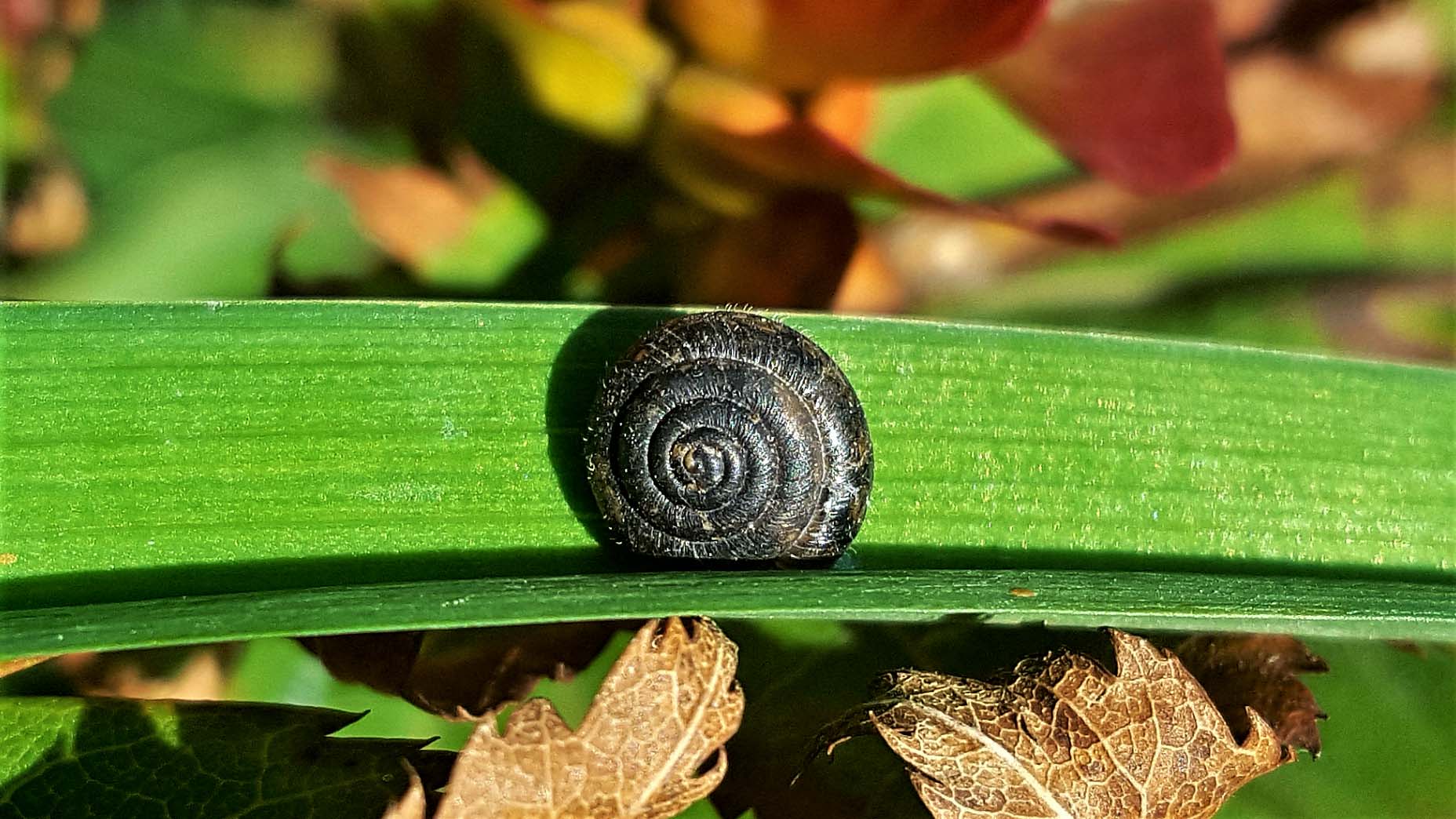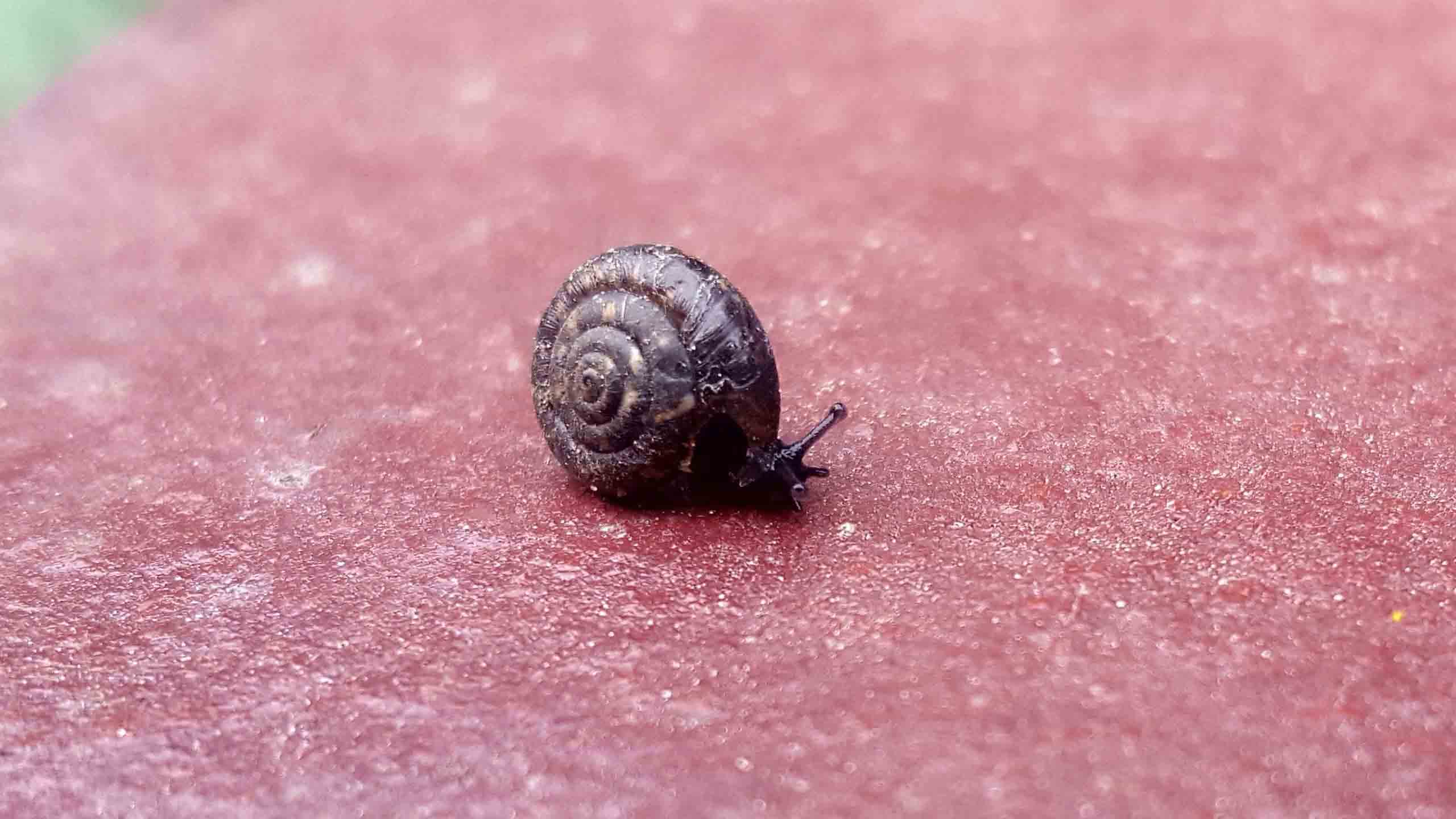Diptera.info :: Identification queries :: Other insects, spiders, etc.
|
Trochulus hispidus << Mollusca ID
|
|
| BartNap |
Posted on 20-11-2020 13:08
|
|
Member Location: Poznan, Poland Posts: 911 Joined: 27.09.20 |
I’ve had issues to identify this snail for long time already. ... 09.10.2020, garden, NW Poland
BartNap attached the following image:  [233.74Kb] Edited by BartNap on 22-11-2020 11:01 |
|
|
|
| eklans |
Posted on 20-11-2020 14:57
|
|
Member Location: Franconia, Germany Posts: 4307 Joined: 11.11.18 |
Hi Bart, looks like a hairy one: Helicodonta obvoluta? Greetings, Eric Edited by eklans on 20-11-2020 15:00 |
|
|
|
| BartNap |
Posted on 21-11-2020 10:49
|
|
Member Location: Poznan, Poland Posts: 911 Joined: 27.09.20 |
Hi Eric, thank you for your response. I came across this species while trying to sort out what lives in my backyard. However, according to the information I found on the internet, Helicodonta obvoluta lives only in SW Poland, in the mountains and it inhabits forests. It doesn’t match where I found it at all (NW Poland, lowland, a dry backyard). |
|
|
|
| eklans |
Posted on 21-11-2020 11:16
|
|
Member Location: Franconia, Germany Posts: 4307 Joined: 11.11.18 |
Hi Bart, yes - Helicodonta obvoluta is associated with woodland (that's why it's common in my garden). What about Trochulus hispidus (Trichia hispida)? This one (ślimak kosmaty) is reported from Poland, but this one seems to be not as flat as the one from your image. Greetings, Eric |
|
|
|
| BartNap |
Posted on 22-11-2020 09:43
|
|
Member Location: Poznan, Poland Posts: 911 Joined: 27.09.20 |
Thanks Eric for your suggestion, but I have no clue. I found another picture, I think it's the same species.
BartNap attached the following image:  [132.96Kb] |
|
|
|
| eklans |
Posted on 22-11-2020 10:44
|
|
Member Location: Franconia, Germany Posts: 4307 Joined: 11.11.18 |
Hi Bart, that looks good for Trochulus hispidus (though I'm not an expert for the snails). If you look at https://en.wikipe...s_hispidus you may find, that it resemble yours quite well - and the hairs are worn off, too - as do mine  . .Greetings, Eric |
|
|
|
| BartNap |
Posted on 22-11-2020 11:00
|
|
Member Location: Poznan, Poland Posts: 911 Joined: 27.09.20 |
Another mystery solved by Eric, thank you! |
|
|
|
| libor |
Posted on 22-11-2020 13:31
|
|
Member Location: western Bohemia Posts: 1292 Joined: 30.05.09 |
It is T. hispidus. It is a very "plastic" species looking quite differently on various stands. The DNA analyses also showed, that more hairy population with higher shell called formerly T. sericeus is nothing more than a form of T, hispidus. Time to time both forms can live together. Libor |
|
|
|
| BartNap |
Posted on 22-11-2020 14:02
|
|
Member Location: Poznan, Poland Posts: 911 Joined: 27.09.20 |
Awesome, also thank you for sharing your knowledge with us, Libor. |
|
|
|
| Jump to Forum: |












